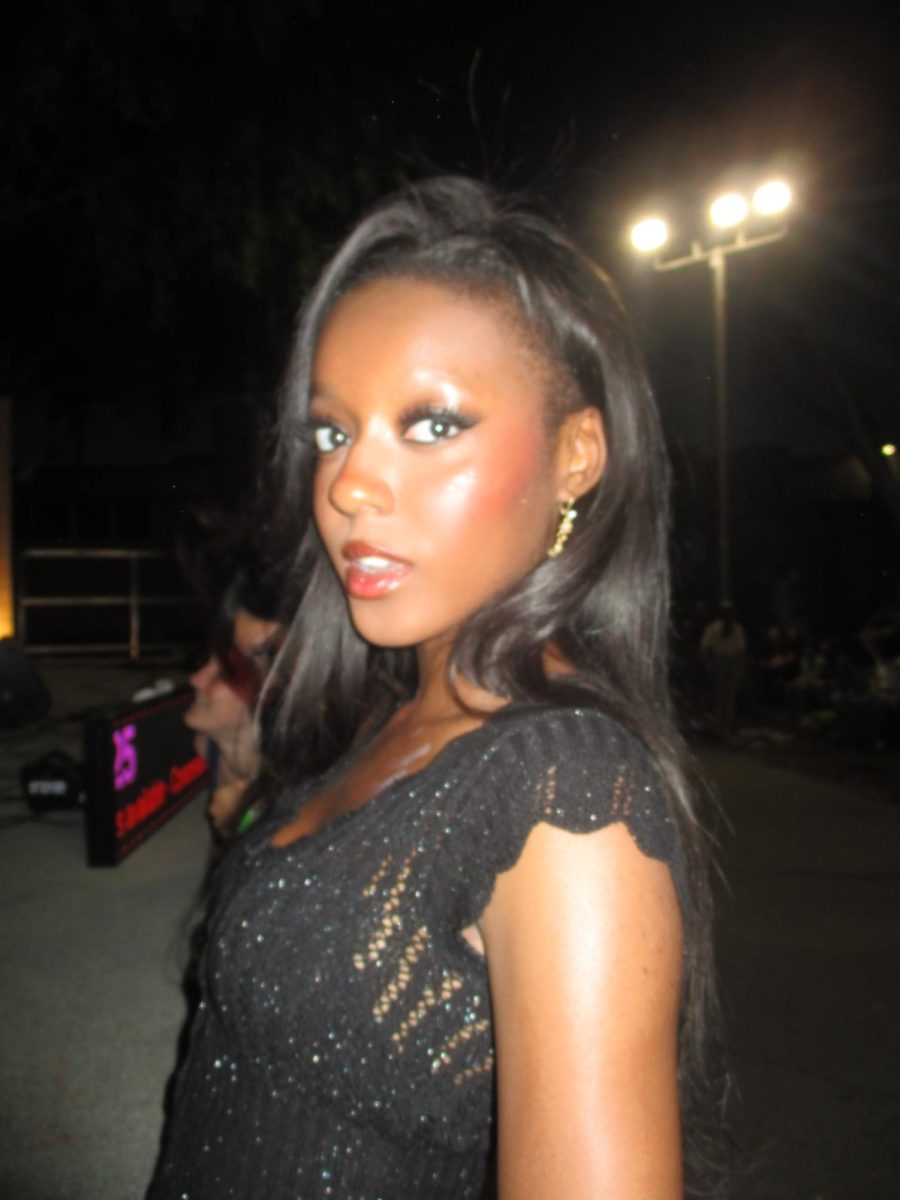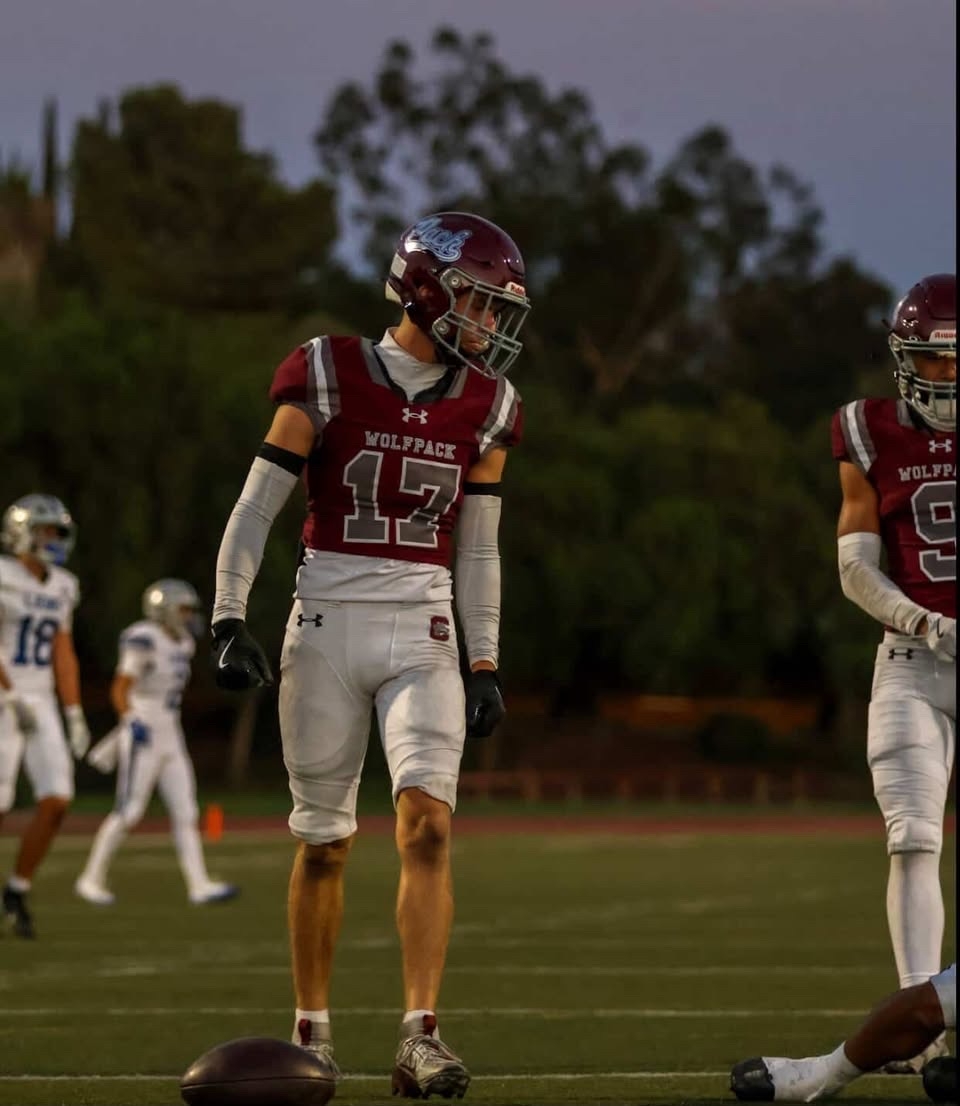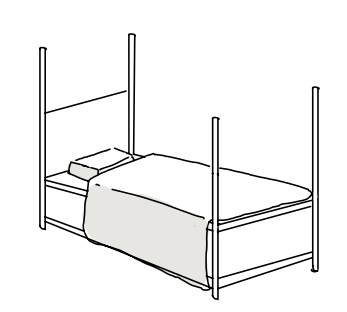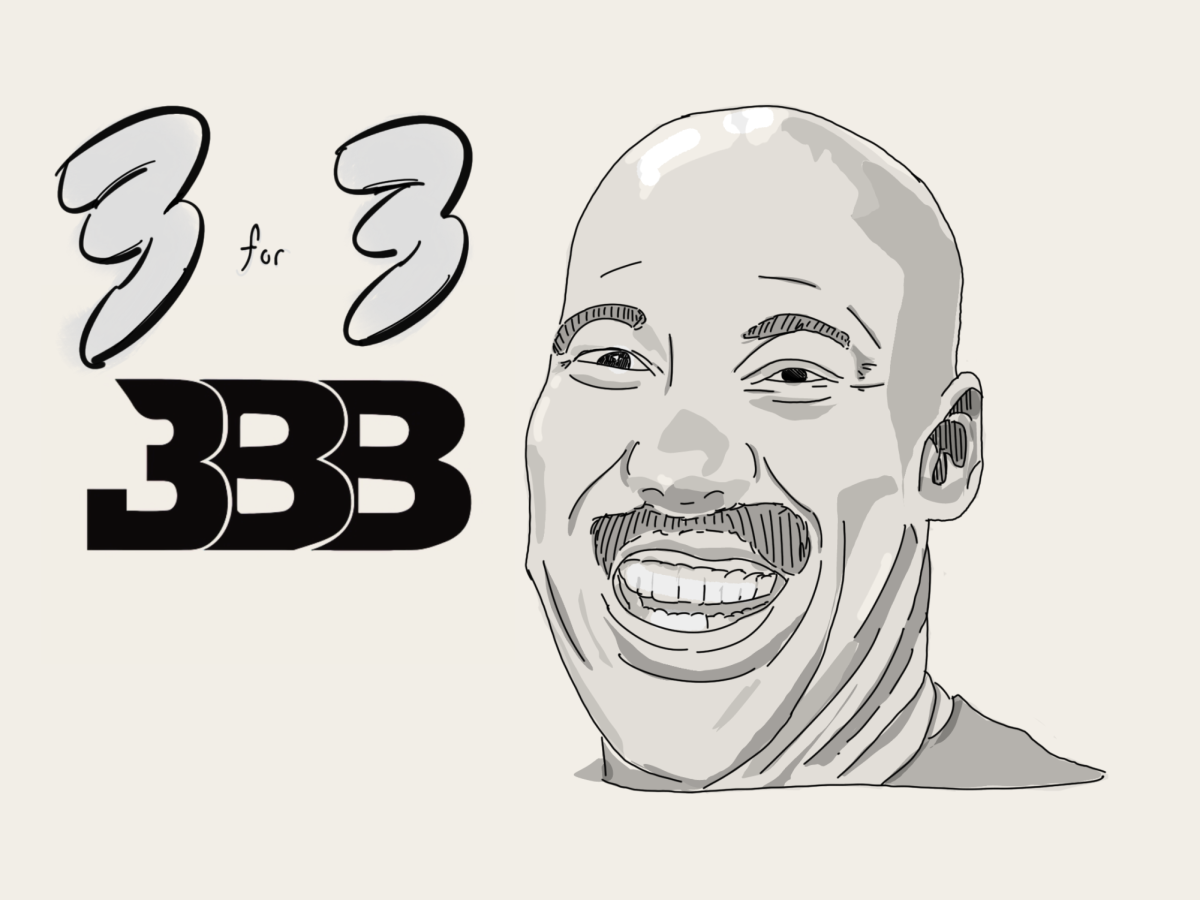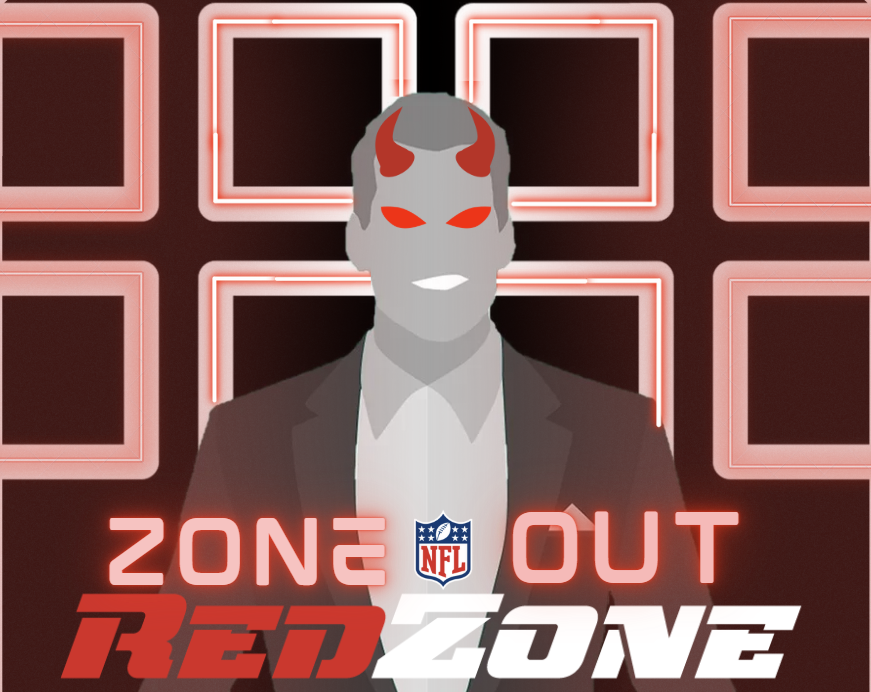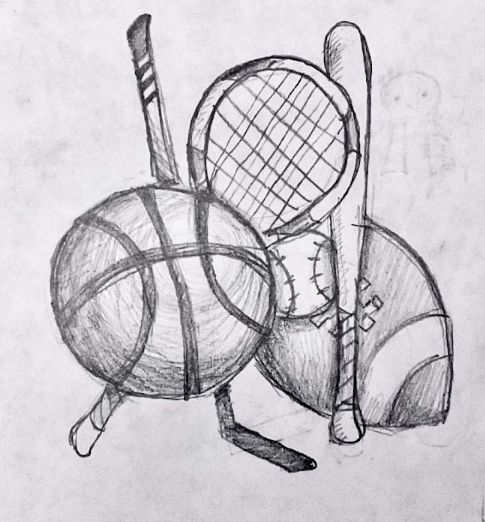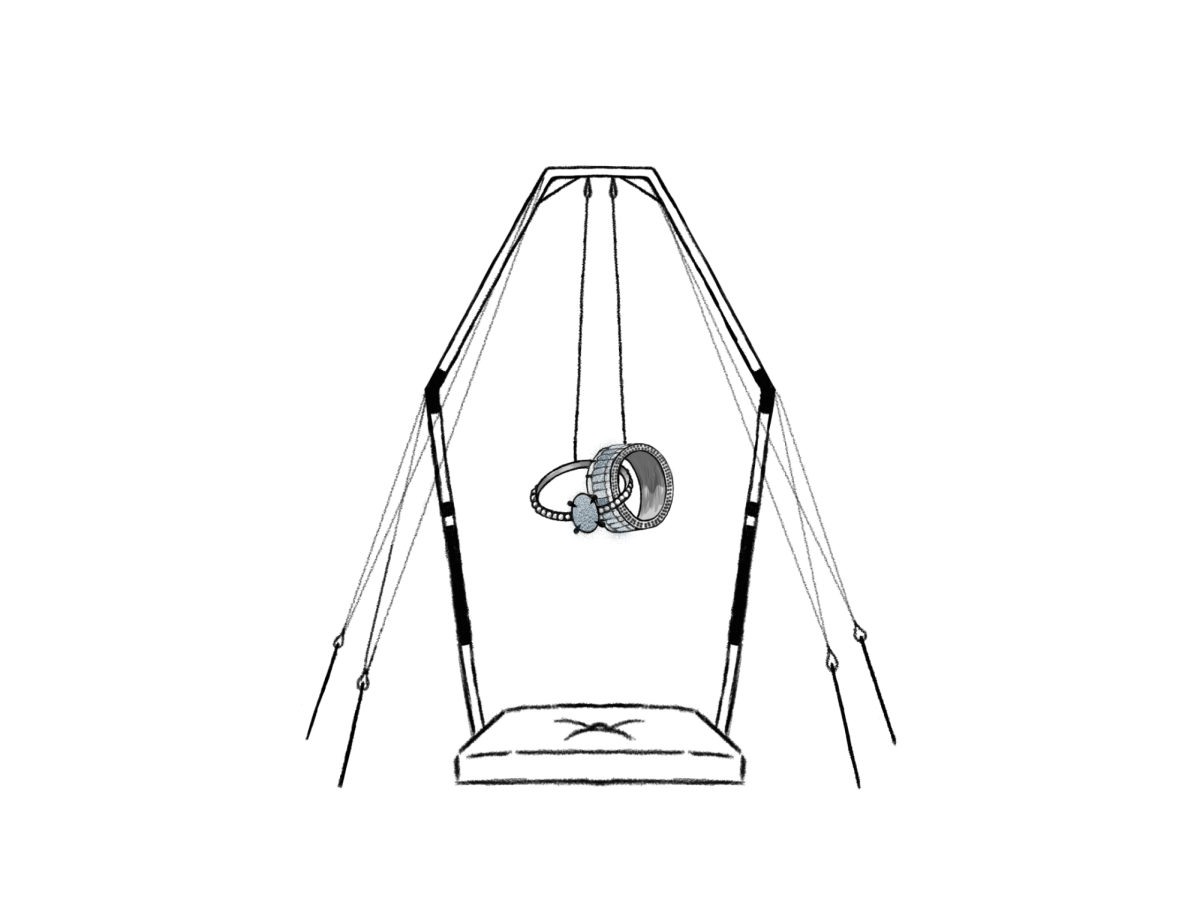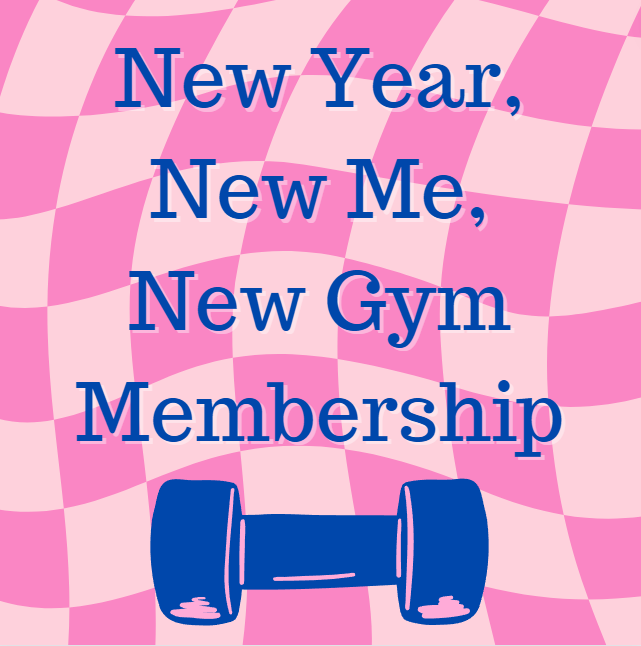Hearing someone complain about their P.E. grade sounds hard to believe. P.E. has always been an easy class, from playing fun made-up games in elementary school, to the junior high dance units. But at CHS, students are finding it increasingly hard to maintain their grade for a reason that prompts the question, “Is P.E. even educational anymore?”
In all classes students learn useful skills, whether it be creative writing or calculus. Classes should be educational, and each student should have gained at least some knowledge after leaving a class. However, this may not be the case for freshman P.E. For instance, the infamous mile run, in which students must complete four laps around the track as fast as they can, is graded time-wise. Some P.E. teachers grade the mile based on improvement, while others have a set grading scale. To improve, coaches tell students to work on cardio at home if they cannot get it done during class. The only issue with this is the fact that students will never improve if they do not know how to. In the P.E. curriculum, there has been no learning involved. Students are expected to improve in order to run a faster mile, but are never taught how. A good way to teach this would be introducing tips that students could apply. For example, improving your stride and taking care of your health would be two things coaches could talk about in class.
Other examples are push-up and flexibility tests. Although it differs for each class, some coaches will have students do warm-ups before class every day. These include sit-ups, push-ups, stretching, etc. Students who are not naturally athletic are often left behind. Coaches have been warning students about the push-up and flexibility test later in the year, which is interesting because these activities are done as warm-ups. Students spend, at most, five minutes on them every day, and are still expected to improve. But students cannot do this when nothing is ever taught. And being able to do 20 perfect push-ups in a row is pretty difficult for the vast majority of CHS students. Sophomore Avie Bjerk shared her thoughts.
“They’ll kind of just tell us what we’re doing and expect us to do it,” Bjerk said. “Like they would tell us we’re playing basketball, but never explain how to dribble the ball.”
Bjerk’s statement reflects the feelings of many CHS students. While athletes have a better chance of receiving higher grades, students who do not play sports are more likely to fail the class. Although it is okay for someone to have an athletic advantage, it is not fair to expect the same performance from students who may not be as athletically gifted and were never taught. Competing against or being in a class with extremely athletic people without having any knowledge of how to play the game or do the activity is a daunting experience.
The curriculum itself could include in-class time for students to improve. Instead of telling students to practice at home then timing the mile every week, there should be time in class for students to work. Freshman Sadiya Subhan agrees.
“I think the P.E. curriculum at CHS could use a lot of work, especially because it’s probably one of the most neglected subjects in CUSD overall,” Subhan said. “We just do the same thing over and over again, which doesn’t really help us get better.”
P.E. used to be an enjoyable class for many. Now, it is just seen as a requirement for freshmen and sophomores. A large reason for this is the lack of actual learning in the curriculum. While it is only the first semester, there should still be more educational aspects to P.E. The class should uplift and help students learn, which is something the curriculum is lacking. When students actually understand how to improve and how to do certain activities, it makes the class more enjoyable. This way, students could put more effort into classes. It is time to bring education back to P.E.




